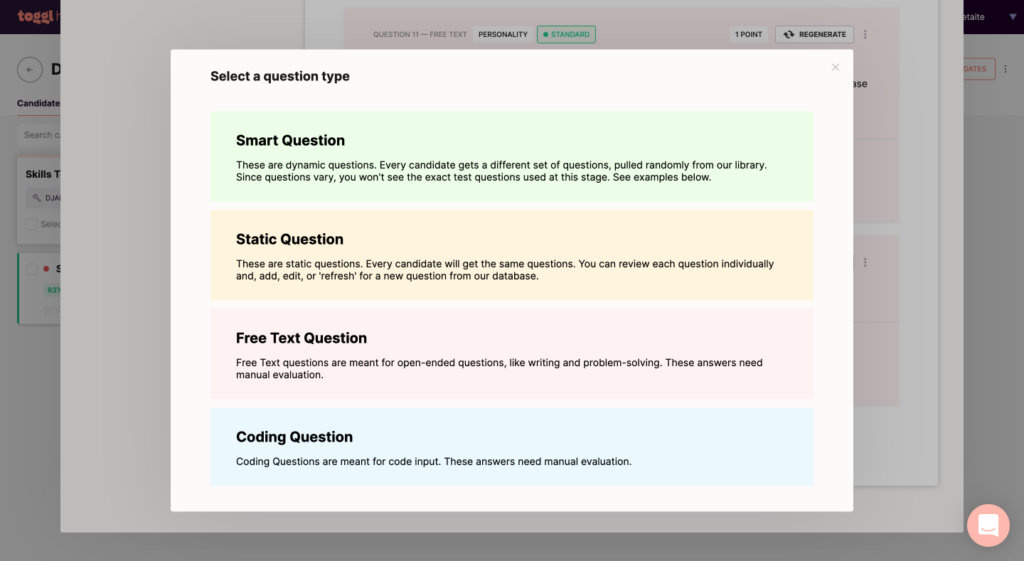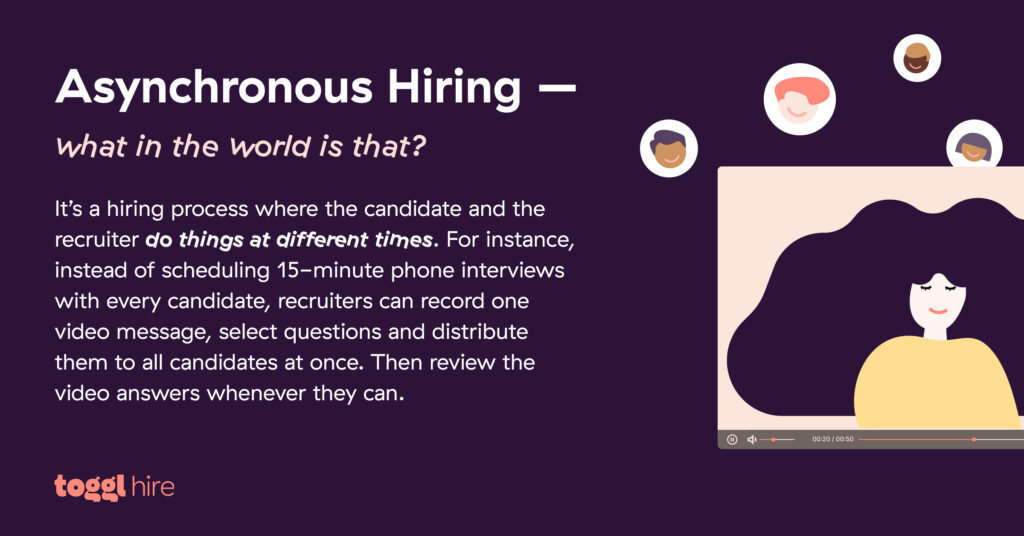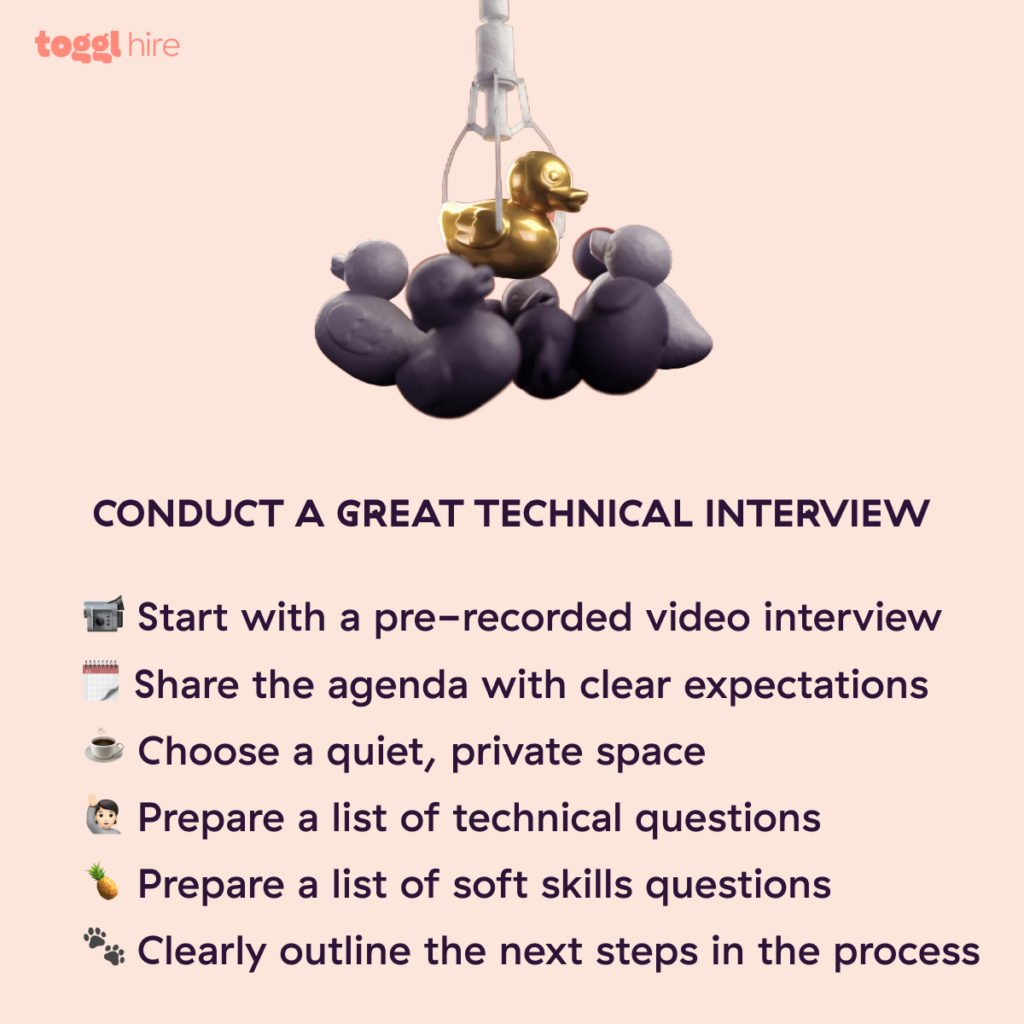Interview coding challenges are critical when hiring new software developers.
Finding the right developer can be a difficult process. A potential candidate may look perfect on paper and ace a face-to-face interview, but how do you test their coding skills?
That’s where interview coding challenges come into play.
In this article, we’ll cover:
- the definition of coding challenges
- different types of interview coding challenges
- the benefits of coding challenges during job interviews
- and other qualities to look out for when hiring a software developer
What are Interview Coding Challenges for Developers?
Interview coding challenges, also known as hiring coding challenges or take-home projects, are technical screening tests that companies use to evaluate candidates‘ real-world skills. With the rapid evolution of programming languages and coding frameworks, interview coding challenges have taken off as a reliable method for testing the candidates’ competence and knowledge of popular programming languages.
When interviewing candidates with programming skills, it’s not enough to trust their portfolio or request a few samples; hiring managers and HR departments rely on programming challenges to flush out the best candidates.
Different Types of Interview Coding Challenges Explained
We are going to highlight four of the core interview coding challenges that you can use during the interview process, as well as list the pros and cons of each.
#1 – Screening coding challenges
One of the most common practices is using screening coding challenges. These are technical quiz-type tests that require the developer to pick the correct answer out of several possible answers. But could also contain other types of questions, including free text and code input.
You’ll often find these on popular websites, for example, acquiring skill badges on LinkedIn.

Pros: This is a very easy way to test a job candidate’s knowledge in a variety of different topics, from data structures to array elements and dynamic programming. Simply show the candidate a coding problem and ask them to pick the correct answer.
The most popular use case for a screening coding challenge is to serve as a pre-qualifying step. Rather than screening resumes or reviewing applications, hiring managers can test multiple job candidates before the interview process even begins. This way, they’re saving valuable time and creating a high-quality talent pool. A candidate evaluation platform like Toggl Hire can help hiring teams quickly assess job candidates on job-specific skills.
Cons: Some companies consider screening coding challenges to be too simplistic and want software engineers to participate in straightforward tasks. Instead, they want to issue critical programming challenges. And we agree – screening coding challenges are best suited for the initial technical screening step.
#2 – Live coding challenges
Often referred to as whiteboarding, these are accomplished in the presence of the hiring manager. Live coding challenges aim to assess the candidate’s resilience in dealing with stressful situations as well as their technical capabilities. It’s a similar approach to being called to the blackboard in school.
Pros: A live coding challenge is an excellent method when it comes to understanding how an applicant thinks and their problem-solving skills during the coding interview. You can observe their path to a solution, not just the final answer.
Cons: These can be stressful situations, which not everyone will thrive under. Some programmers are better left to write code without distractions and with more time to think things through.
Another con of the live coding challenge is the location of the candidate and the company. These do not allow for easy testing of potential hires that live in a different city or country, limiting the talent pool you can tap into. If there are too many applicants, it’s impossible to arrange in-person job interviews with all of them.
#3 – Asynchronous hiring challenges

The point of an asynchronous hiring challenge is to test the project management, time coordination, and collaboration skills of a candidate. With so many development teams working remotely, assessing a candidate’s ability to work asynchronously has become key.
Asynchronous hiring challenges can be completed when it is convenient for the candidate instead of in real-time. However, it is generally up to the candidate to arrange times and obtain feedback for the task. If you’re planning to invite candidates to an asynchronous coding challenge, be sure to outline the expected process and deliverables clearly.
Pros: Allows you to test more than just a candidate’s coding knowledge and adds flexibility to the hiring process. For async-first companies, these type of challenges is a great way of identifying people who have the technical and interpersonal skills required for remote work.
Cons: Due to their nature, asynchronous tests can stretch out the hiring process and waste a lot of time. The candidate needs to reach out to a developer in the company – generally a manager – reducing their productivity regarding other tasks. If your development teams tend to collaborate in person, an asynchronous hiring challenge shouldn’t be your first choice.
#4 – Take-home coding challenges
Typically, a recruiter or hiring manager would email a coding assignment to selected candidates to complete on their own but within a given deadline. Take-home projects allow candidates to work in their comfort zone – using their standard coding and research practices – which, theoretically, should help them showcase their true capabilities.
Pros: Take-home challenges are far less stressful for all parties involved and give hiring managers a glimpse at the candidate’s technical skills in a real-life setting. The interviewee can take their time in crafting the best solutions to practical problems.
These can be used to test multiple programming languages at once. Hiring managers can issue in-depth java interview coding challenges, for example.
And take-home projects are significantly easier to assess online without coordinating interviews for different time zones.
Cons: It’s not uncommon for hiring managers and HR departments to take advantage of take-home challenges or not understand their usefulness at all. They may inundate candidates with highly-complex and time-consuming tasks that feel more like free work than an actual test.
It’s important to find the right candidate to get the job done while deciphering coding problems, but a test that takes up an entire weekend is asking too much.
Abusing take-home challenges is a surefire way to dissuade amazing applicants from continuing with the hiring process. Don’t make this mistake!
Why is it a Good Idea to Use Coding Challenges in your Hiring Process?
It’s time to step away from the traditional interview and embrace online coding challenges and screening tests. Understandably, organizations want to continue in-person interviews, but after the global pandemic, more software engineers are looking for remote work.
Don’t scare away your potential best candidates.
It’s easy to test real-world skills with online skills solutions. Here are a few reasons why:
#1 – Streamline the decision-making process
By incorporating online coding tests, organizations can quickly and easily streamline the hiring pipeline. Instead of wasting time on just any traditional interview, they can have candidates complete initial quiz interviews before moving on to more complex coding tests.
It’s much easier to give candidates online python interview coding challenges than to sit in a room and watch them code the answer.
#2 – Bolster your hiring decisions
Online skill-testing challenges provide an easy-to-understand and convenient way of gathering a snapshot of a candidate’s skills through code challenges.
This facilitates employers during the onboarding process, allowing for easier planning. HR can also use the information to pair the new hire with the perfect colleagues to create the best coding teams possible. Better still, hiring managers can gain trust and confidence in their new hires from day one.
Next Steps After a Coding Challenge: What does a good technical interview look like?
Technical interviews are similar in structure to the non-technical versions but with just a few added steps. To conduct the best technical interview possible, you’ll need to:
- Set clear expectations for the candidate, such as time and place, and lay out the entire interview process.
- Include a pre-recorded video interview. Some companies are still a bit old-fashioned regarding pre-recorded interviews. But adding video is an easy way to keep track of who you’ve spoken to, their answers, and how they responded to questions. It’s also a convenient method for distributing your screening questions at scale and reducing time wasted in bad interviews.
- Always be prepared. Make sure that the interviewer and interviewee have working webcams, there is a quiet space for you to conduct the interview, and that the internet connection is stable.
- Plan out your technical questions in advance, and remember to ask all of them. Sticking to a structured interview format will help you draw a fair and accurate shortlist of top candidates.
- Clearly state what the next step of the interview process will be, including the type of coding challenges you will issue the candidate.

Beyond Coding Skills: Why Technical Interviews is Only Half the Story
Understanding the candidate’s technical skills is only a part of the job interview. You still need to figure out what kind of person they are and how they will fit into the organization.
7 soft skills to look out for in developers:
#1 – Good communication skills
At most companies, developers will be part of teams to complete projects. They need to be able to accurately and easily communicate with other team members and departments.
#2 – Ability to collaborate with others
Similar to the point above, potential employees must work well with others in the team.
#3 – Emotional intelligence
Generally referred to as EQ, is the ability to use your emotions in positive ways that will benefit yourself and the organization. Candidates with high emotional intelligence make for better managers and teammates, too.
#4 – Adaptability
Project scope and tasks can change at the drop of a hat. The future employee must be able to adapt to these changes. They should also feel at ease with changing priorities and roadmap updates.
#5 – Patience
The software engineer will deal with junior developers and other employees who aren’t coders. Patience is a requirement in these situations. More importantly, fixing bugs and documenting processes is a crucial part of a programmer’s job that also requires a lot of patience.
#6 – Problem-solving skills
What is the candidate’s thought process when it comes to coding? They must be able to understand the problems at hand, troubleshoot and debug.
#7 – Time management
Can the candidate complete their given tasks in the required time? Are they able to stick to project deadlines? Assessing time management skills during the hiring process will pay dividends in the future.
How Toggl Hire Can Help you Screen and Assess Candidate’s skills during the Interview Process
Where do you even begin to plan out and research your coding challenge? With our Test Library, of course!
Let’s say you’re looking to hire an Android developer. Instead of putting together a custom assessment for this role, you could opt for our smart test that covers all of the essential skills for the position. Simply invite the candidate for a quick 15-minute screening test, set a score threshold, and watch the system filter out high-performers for you. Done and done!
Once you have a strong shortlist of candidates, move on to a pre-built homework assignment and identify the best-fit person for the job.
We have put together a robust skills assessment library to assist with your hiring needs. It’s time to challenge outdated practices and embrace the new. Focus on skills, and you’ll soon find the perfect hire.
Juste loves investigating through writing. A copywriter by trade, she spent the last ten years in startups, telling stories and building marketing teams. She works at Toggl Hire and writes about how businesses can recruit really great people.








